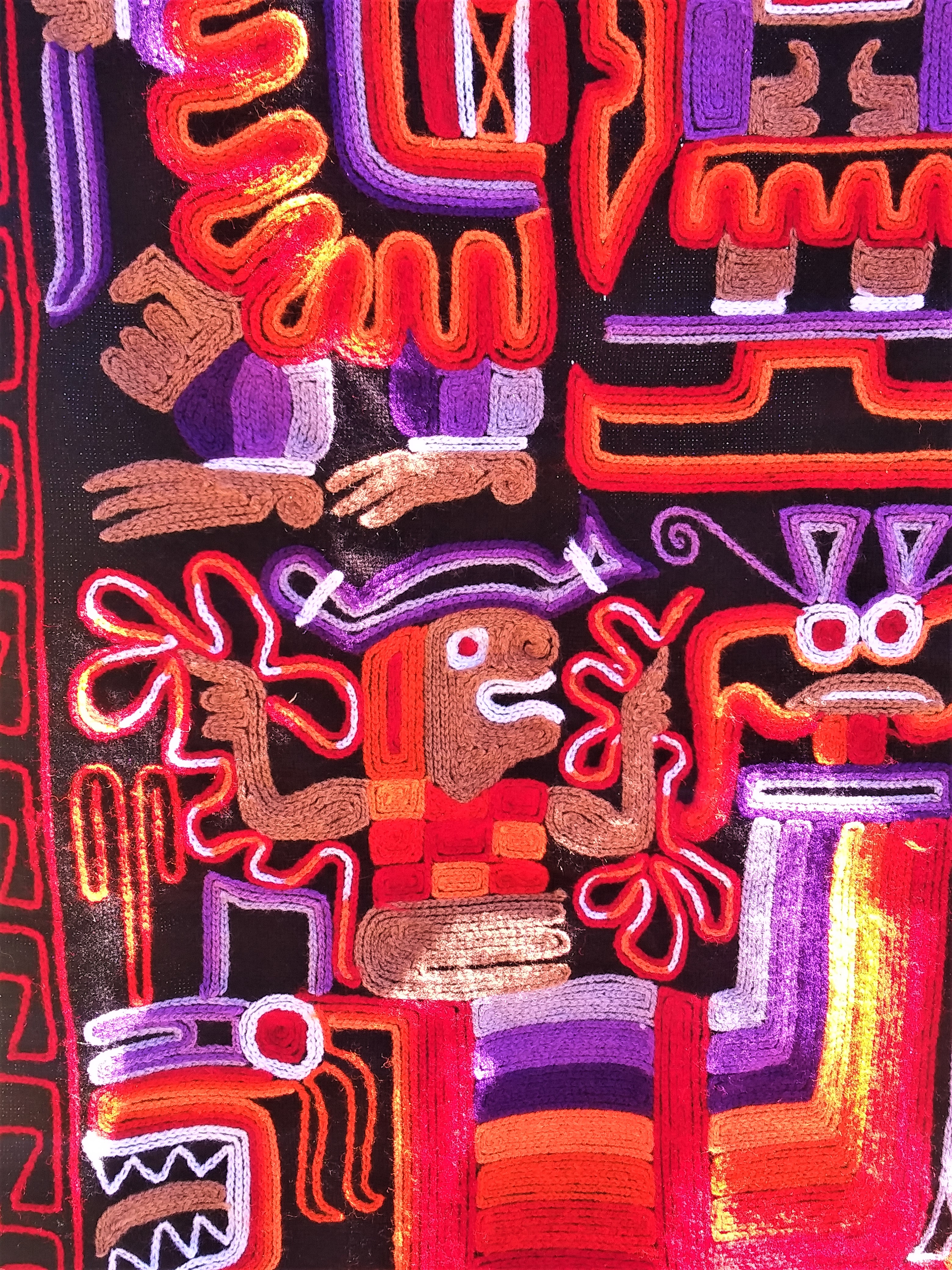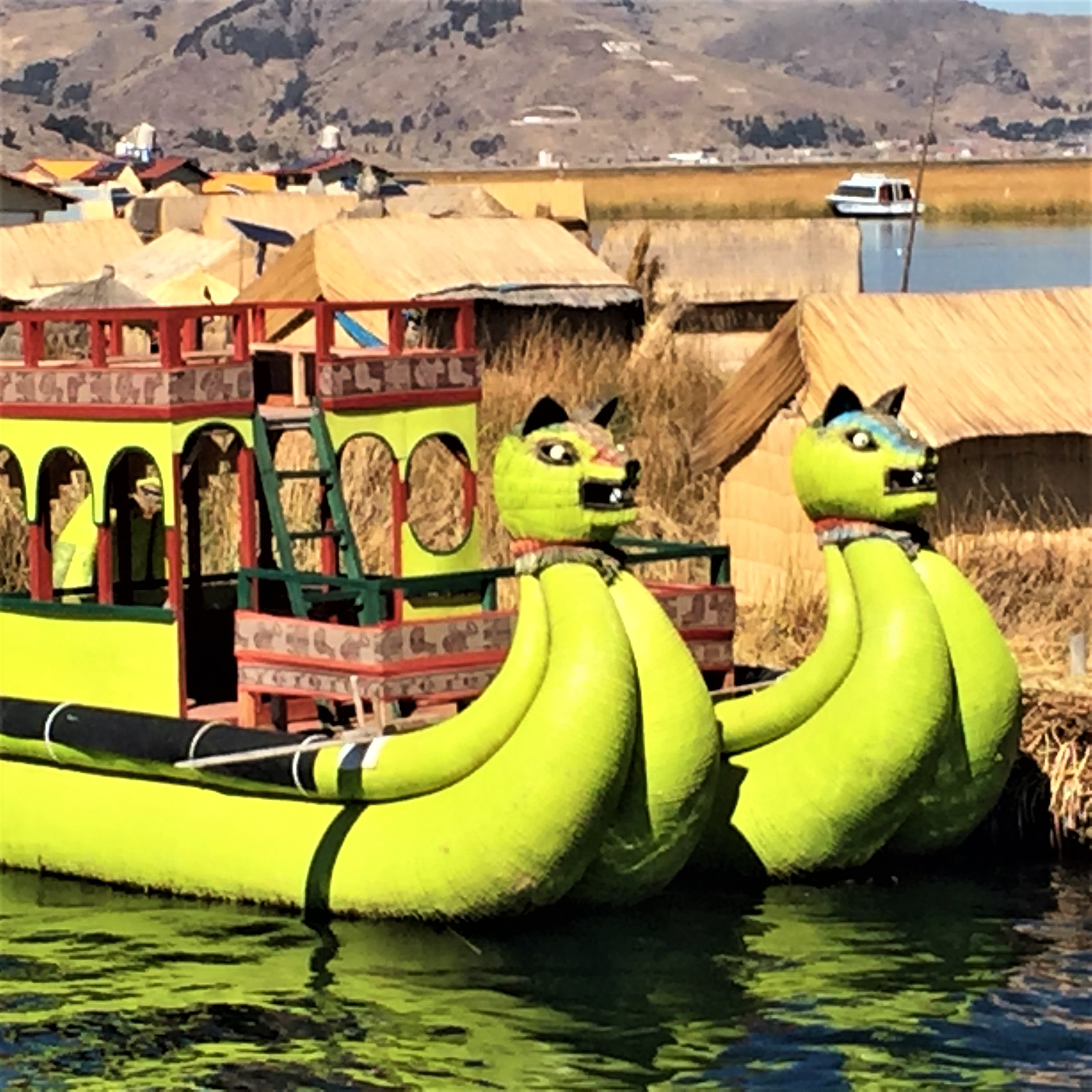The Floating Reed Islands of Uros and The Unique Culture of The People
Shared By: Desiree Rose - 7/31/2019
Page Admin: Desiree Rose
Puno
Season: June-August
Adventure: Tourism
Culture:
Cost : from $15.00
Family Friendly : Yes
Description
The next time you feel like complaining about your latte not being the right temperature or your internet not being fast enough, go visit the floating islands of Uros in Puno, Peru for a reality check.
Getting there:
First, you'll have to get to the town of Puno. We flew to Juliaca from Lima and took a taxi from the airport. It was an hour cab ride and it cost S/ 90.00 (about $30.00).
Next, you need to take a boat up Lake Titicaca five kilometers to the islands. We took a three hour guided tour; it was S/ 30 ($10.00). A shuttle picked us up and dropped us off at our hotel. That service was included in the fee. Amazingly reasonable!
About the Island:
The islands themselves and almost everything on them are constructed from the Totora reed, which grows aggressively all over that part of Lake Titicaca. There are somewhere between 100 and 120 reed islands (depending upon whom you ask), the largest of which can hold up to 20 families and the smaller ones hold around 5 families. Elmer, the president of the island we visited told us his island took two years to build, and its life expectancy was about 50 years. That's barring there are no fires. Inasmuch as the islands are almost all dry reed, they tend to burn easily. The people have to be careful, especially when cooking.
The small one-room huts are made entirely of reeds, with the exception of the foundations, which are raised and wooden, and the roofs, which are corrugated metal covered by... Guess what? Reeds. I didn't notice any insulation in the houses, unless its provided by the reeds.
The people even weave their traditional boats out of the ubiquitous reed. The small ones hold a couple people and the larger ones may carry up to 30 or more.
Their Services:
Power appears to be supplied by the occasional solar panel. I don't know how robust it is, as the only electric item inside the little house we went in was a light bulb. It probably goes without saying that there are no appliances on the islands. And I didn't see any television sets (although I've read on the Internet that they have them); however, there is a radio station on the main island that was broadcasting lively music.
Bathrooms are simple outhouse style units that empty the waste directly into the reeds, which I am told are effective filtration systems.
Cooking fires were contained in clay stoves for the households. I don't know how the restaurant prepared our grilled trout, but I doubt it was a clay stove.
The People:
The people are a gentle and friendly group. Tourism seems to be a big cash-cow for them; there was a non-stop convoy of boats filled with folks like us going back and forth. We felt quite welcome. They people put on a show for us. They offered up trinkets and curios for sale. They sang us a farewell song in several languages. President Elmer ferried us across the channel to the main island in one of the large reed boats. There we were charged a nominal entrance fee before disembarking. We also bought cervesas and lunch there.
The Take Away
It was a great day. It was great visiting this culture that is worlds apart from what I am accustomed to. I hope I won't forget this island the next time I'm mildly inconvenienced and feel like complaining.
Photos
-

Textiles From Uros
-

One of the Larger Reed Boats From Uros Islands


Walter Rose
I love the Peruvian artwork.